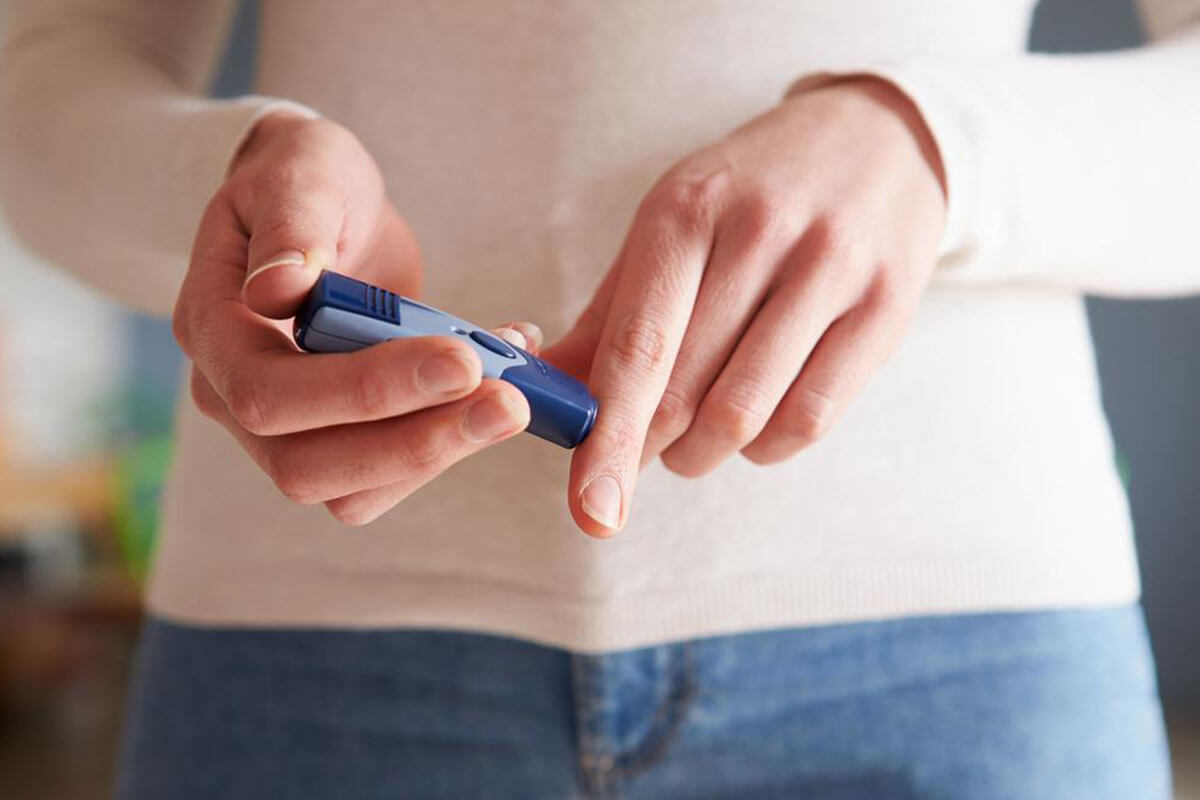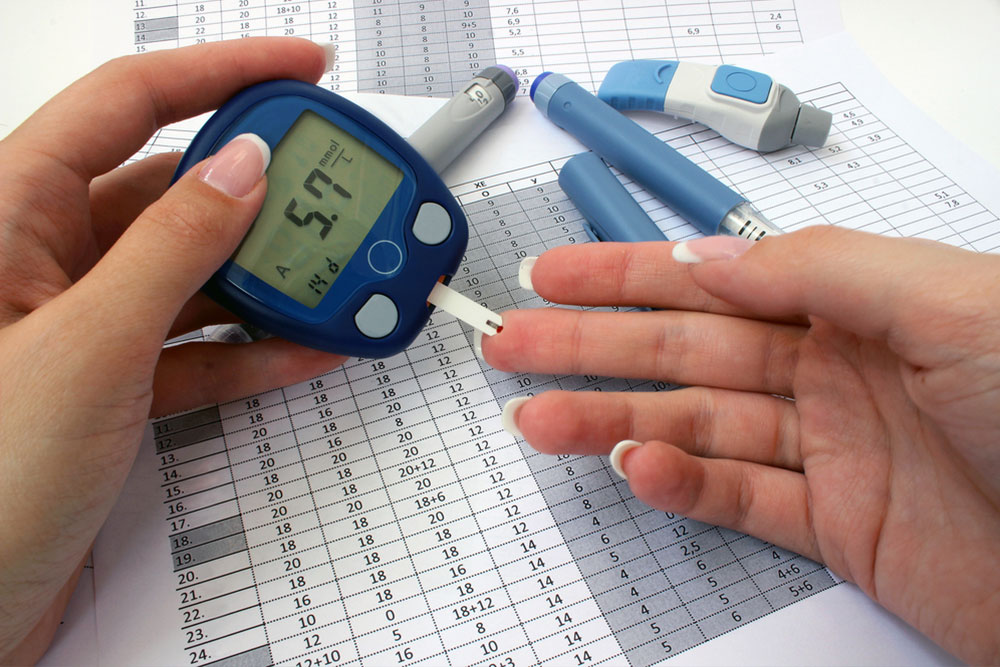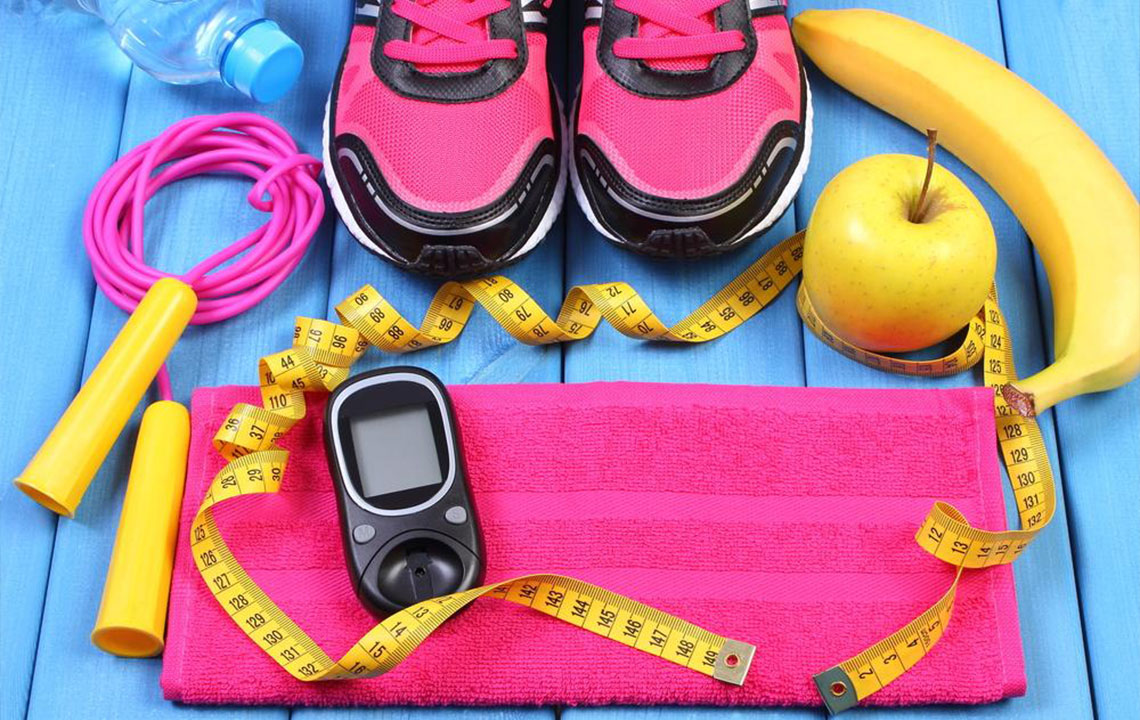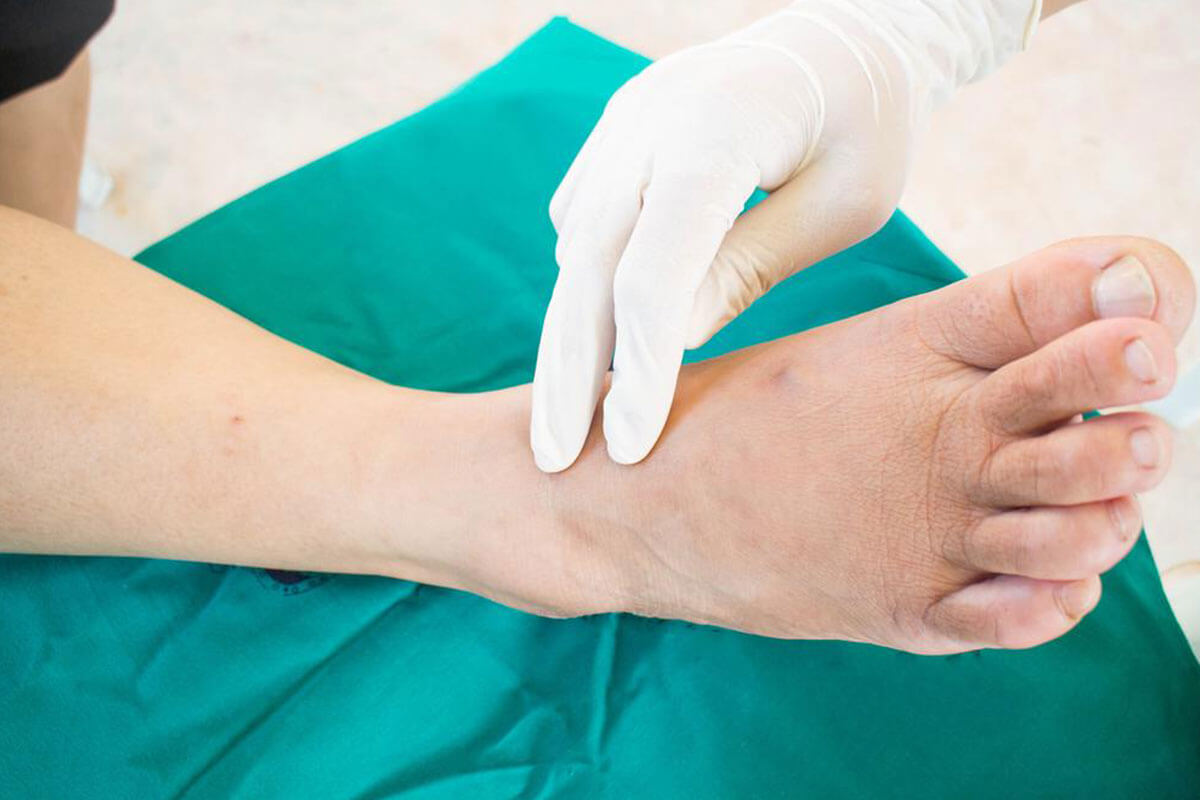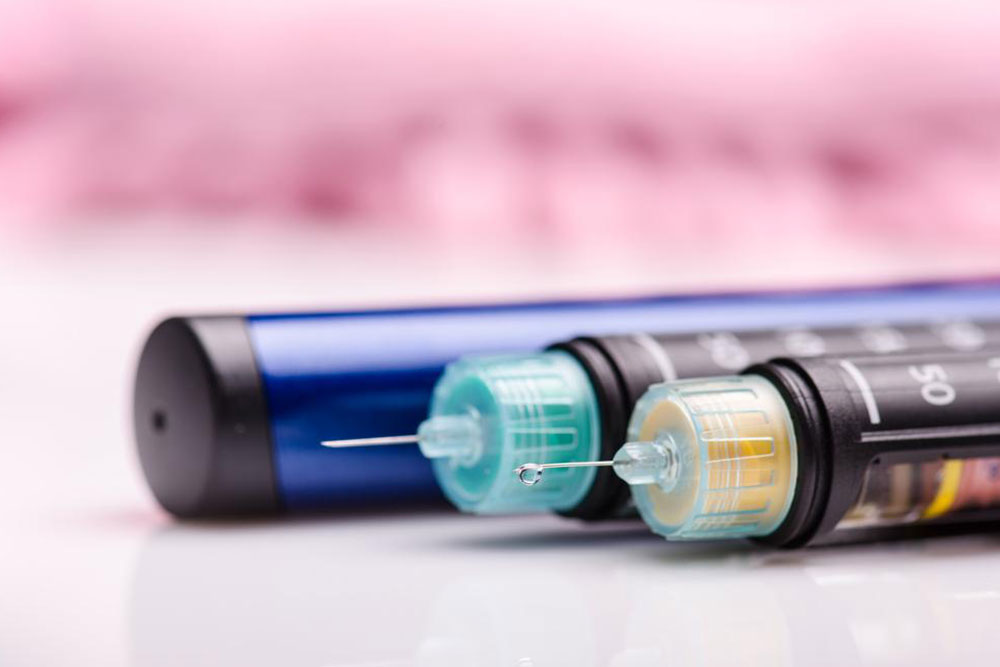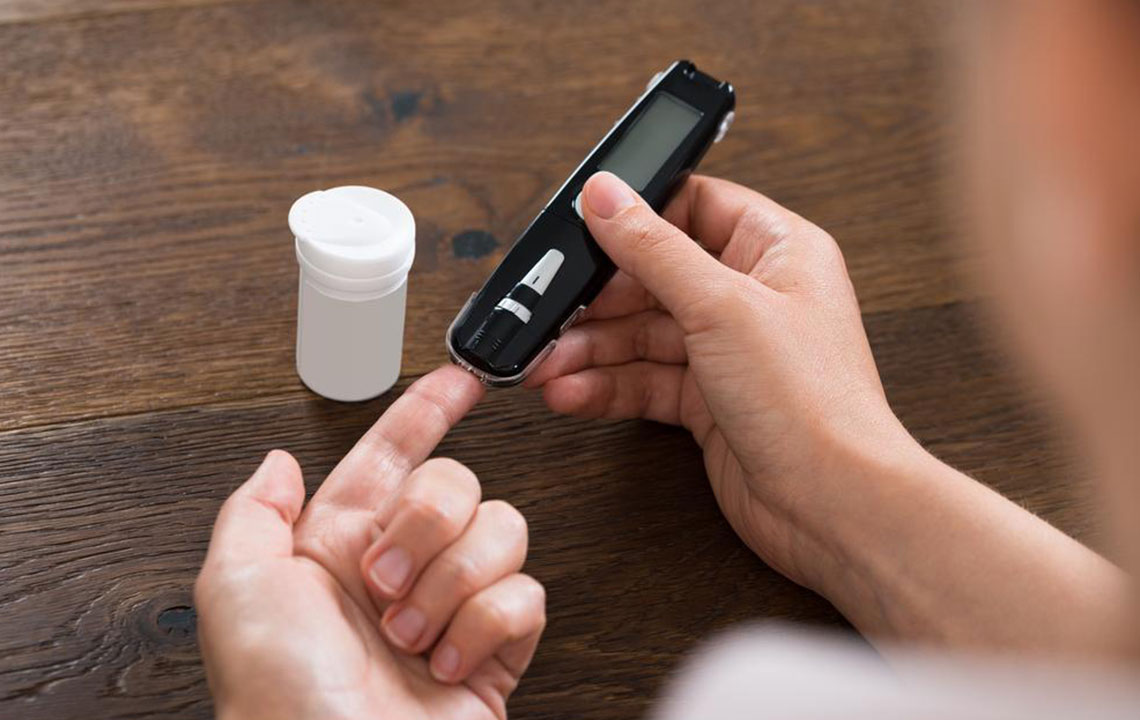Essential Factors to Consider When Selecting a Blood Glucose Monitor
Choosing the right blood glucose monitor is essential for effective diabetes management. Important factors include accuracy, size, ease of use, multisite functionality, memory capacity, minimal blood sample requirement, and fast results. This guide offers practical tips to help individuals find a suitable device that enhances their daily monitoring routine, ensuring better health control. Whether opting for a compact model for travel or a feature-rich device for comprehensive tracking, informed choices lead to improved diabetes care.
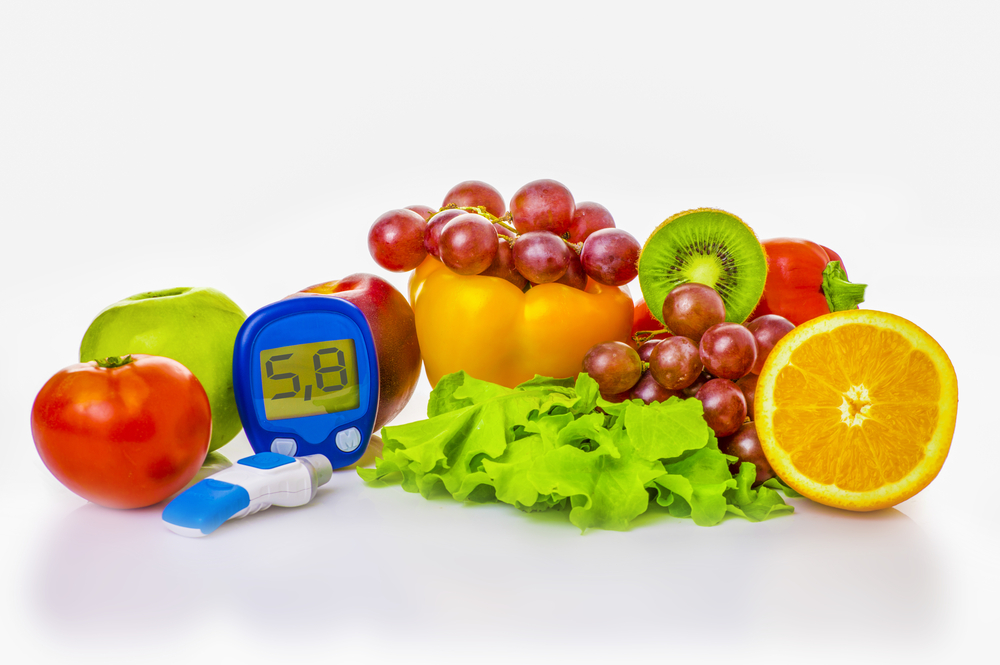
Key Considerations for Choosing the Right Blood Glucose Monitoring Device
Diabetes is a prevalent chronic condition affecting approximately 30 million individuals nationwide. It involves metabolic irregularities that lead to elevated blood sugar levels, either due to insufficient insulin production or the body's resistance to insulin. This results in episodes of hypoglycemia (low blood sugar) or hyperglycemia (high blood sugar).
While diabetes cannot be cured, managing it effectively through medication and lifestyle adjustments helps individuals live healthy lives.
Monitoring blood glucose levels frequently is vital for people with diabetes, as fluctuations can lead to serious health risks. A reliable glucose meter allows users to check their blood sugar accurately and conveniently.
What Is a Blood Glucose Meter?
It is a compact, electronic device that measures the glucose concentration in a small blood sample. By applying a drop of blood onto test strips inserted into the meter, users get instant readings to track their glucose levels and make informed health decisions.
These devices are affordable, generally costing between $20 and $70, with some healthcare providers offering free meters. The main ongoing expense is the purchase of test strips. There are many models available, so selecting the right one can be challenging. Here are some important factors to consider:
Accuracy of Results: Reliable readings are crucial. Validate your meter's accuracy by using control solutions or comparing results with laboratory tests to ensure precise measurements.
Portability: If you need to test on the go, opt for a compact, lightweight device. Larger models are suitable for home use without portability concerns.
Ease of Use: Choose a user-friendly meter that doesn't require technical expertise. Many models offer instructional guides or quick-start videos for convenience.
Multiple Testing Sites: Devices that can use sites beyond fingers, such as the forearm or thigh, help prevent soreness caused by frequent finger pricks.
Memory Capacity: Select a meter that stores previous readings. Devices range from holding ten to over 500 past results, aiding in tracking diabetes management progress.
Minimal Blood Sample: Less invasive lancets that draw only a small amount of blood make testing less painful and easier to perform regularly.
Rapid Results: Fast-reading meters provide results within seconds, which is especially important during hypoglycemic episodes to act swiftly and prevent worsening symptoms.
If a free glucose monitor is available through your healthcare provider, consider selecting one that meets your needs. Proper choice ensures accurate monitoring and better diabetes control.

